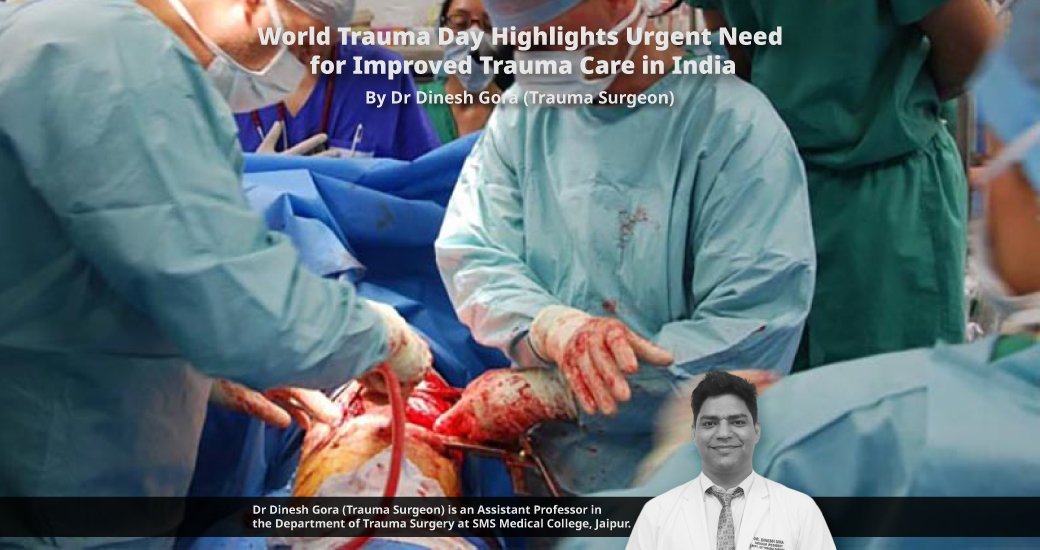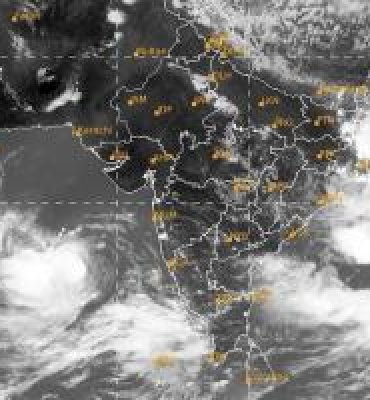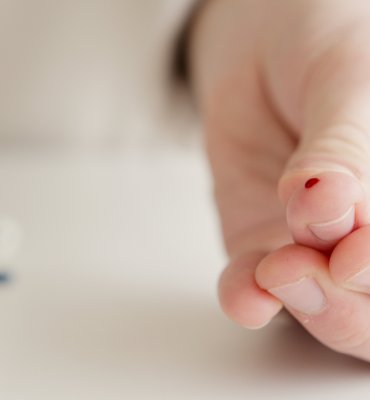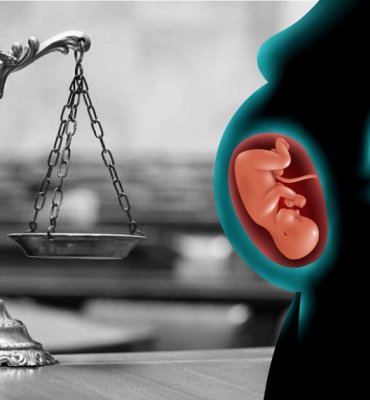
To improve the Indian trauma system, a constructive, collaborative, and comprehensive approach between policymakers and the healthcare system is essential
Dr Dinesh Gora (Trauma Surgeon) is an Assistant Professor in the Department of Trauma Surgery at SMS Medical College, Jaipur
Accidental deaths and disabilities due to trauma remain a pressing issue in modern Indian society. In a startling revelation, it is estimated that every year in India, one million people lose their lives, and 20 million are hospitalized as a result of injuries. According to the National Crime Records Bureau (NCRB) in 2021, there were 3,97,530 reported deaths due to injuries.
Maharashtra, accounting for 9.1% of the population, reported the highest number of accidental deaths at 58,242, contributing nearly one-seventh (14.7%) of total accidental deaths reported in the country. Uttar Pradesh, the country's most populous state with a 16.9% population share, reported 36,521 accidental deaths, making up 9.2% of the total. Other states with significant contributions to accidental deaths include Madhya Pradesh (10.2%), Tamil Nadu (7.1%), Karnataka (6.4%), Rajasthan (5.8%), Gujarat (5.5%), Odisha (4.9%), Chhattisgarh (4.4%), and Andhra Pradesh (4.0%). It's important to note that the burden of trauma is largely attributed to road accidents, with 403,116 accidents resulting in 1,55,622 deaths and injuries to 3,71,884 individuals in 2021.
These statistics, however, may not tell the whole story, as many states lack proper trauma registries and underreport trauma data. Trauma is the second leading cause of death among the young population, and millions live with permanent disabilities, known as Disability Adjusted Life Years (DALY).
The economic implications of trauma are far-reaching, affecting hospital care costs, permanent disability, or the loss of primary breadwinners, which places a significant financial burden on the state health system and the national economy, potentially pushing families into poverty.
The trauma system encompasses everything from injury to rehabilitation, and despite being in the 21st century, India faces numerous challenges at every step of this system:
Poor Emergency Transport System: The 'Golden Hour' concept, aimed at getting patients the right care within the crucial first hour, remains largely unachieved.
Lack of Education and First Responders: There is a need to educate the general population and schools on becoming first responders.
Capacity and Skill Building: Trauma centers at different levels lack manpower and capacity, and communication between them is limited, leading to inefficiencies in the system.
Inadequate Rehabilitation Services: The availability of rehabilitation services falls short of requirements.
Rural Disparities: Most rural and semi-urban areas in India lack a functional trauma system.
Pre-hospital Service Discrepancies: There are significant discrepancies in pre-hospital services between urban and rural settings and between paying and non-paying patients. All these factors result in a 16-fold difference in mortality and morbidity for the same injury severity in India as compared to Western countries.
In an effort to address this crisis, World Trauma Day was introduced in India in 2011 to raise awareness and reduce the frequency of car accidents in the country. The World Health Organization (WHO) emphasizes that trauma is a major global cause of death and disability. WHO research suggests that at least 50% of road deaths in developing countries could be prevented with effective post-trauma intervention.
To improve the Indian trauma system, a constructive, collaborative, and comprehensive approach between policymakers and the healthcare system is essential:
Hospital-Based Trauma Registries
Establish these registries and network all trauma care facilities to generate accurate data for policymaking.
Injury Prevention
Improve road conditions, and vehicle safety standards, enforce traffic laws, and conduct awareness programs through collaboration between traffic police, NGOs, and healthcare workers.
Strengthen Pre-hospital Care
Train first responders, standardize transport protocols, and establish effective communication among referral trauma centers.
Enhance Trauma Centers
Build the capacity of trauma centers based on regional trauma burden and resource availability. They must be free from political influences. Ensure quality care and create trauma-dedicated teams.
Rehabilitation
Collaborate with NGOs to provide trauma victims with the support they need to return to their normal lives, including providing prosthetics at minimal cost.
Funding for Emergency Services
Implement more effective financial protection mechanisms to reduce out-of-pocket expenses incurred in trauma cases.
State Trauma System Model
Each state should create a trauma system model tailored to its geographical distribution, trauma burden, available resources, and five-year goals.
Trauma Quality Improvement Programs
Focus on enhancing the quality of trauma care services.
While the Indian government has taken steps to address these issues, collaboration, and assessments of shortcomings are essential for effective implementation.
The Motor Vehicle Act Amendment Bill of 2019 introduced increased fines by up to five times, imprisonment as a deterrent against traffic violations, recall of defective vehicle parts by automobile companies, holding builders accountable for the poor quality of road infrastructure, and making vehicle owners criminally liable for violations committed by juvenile drivers, is one such effort. However, uniform implementation across all states remains a challenge.
Additionally, the Good Samaritan Scheme has been welcomed and states like Rajasthan are introducing road safety bills with updated reforms. There is much work to be done to ensure the well-being of the Indian population in the face of trauma-related injuries and deaths.










